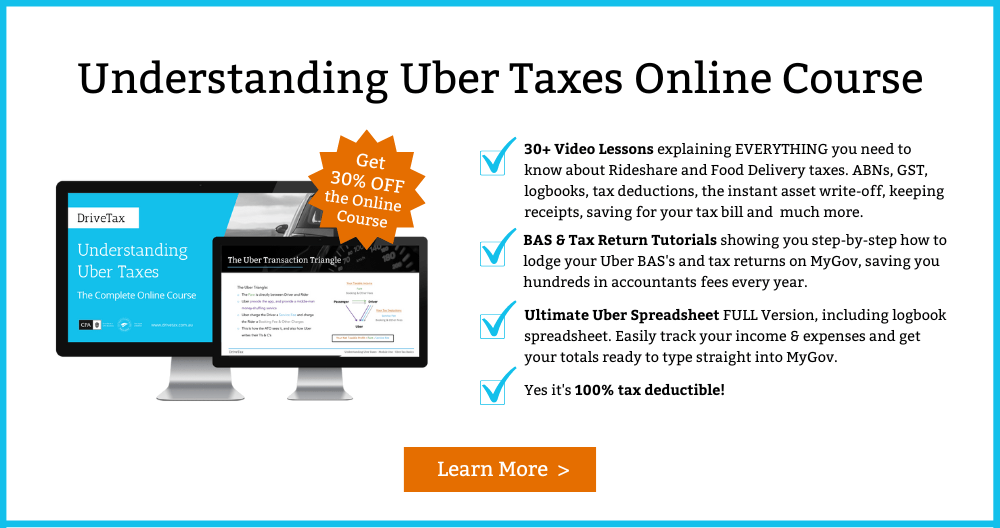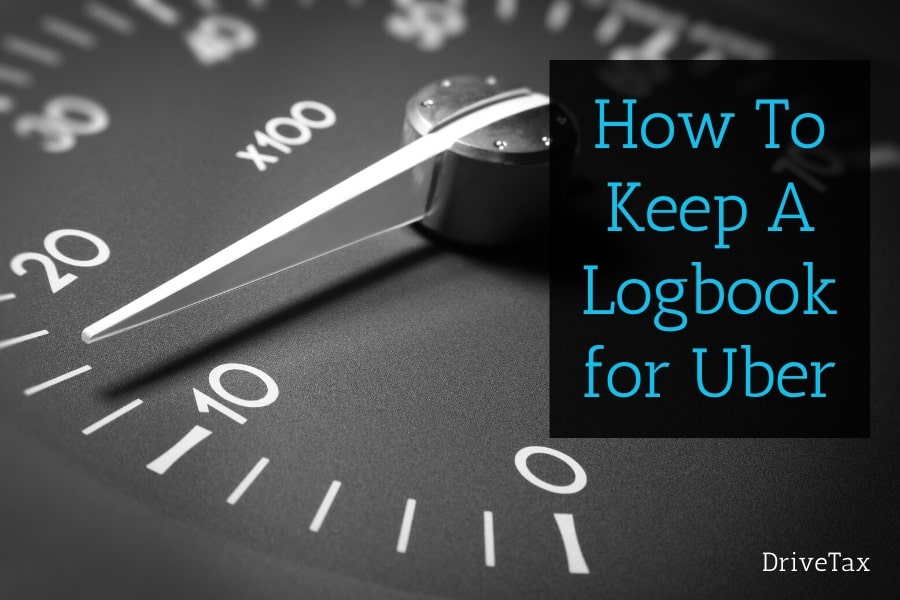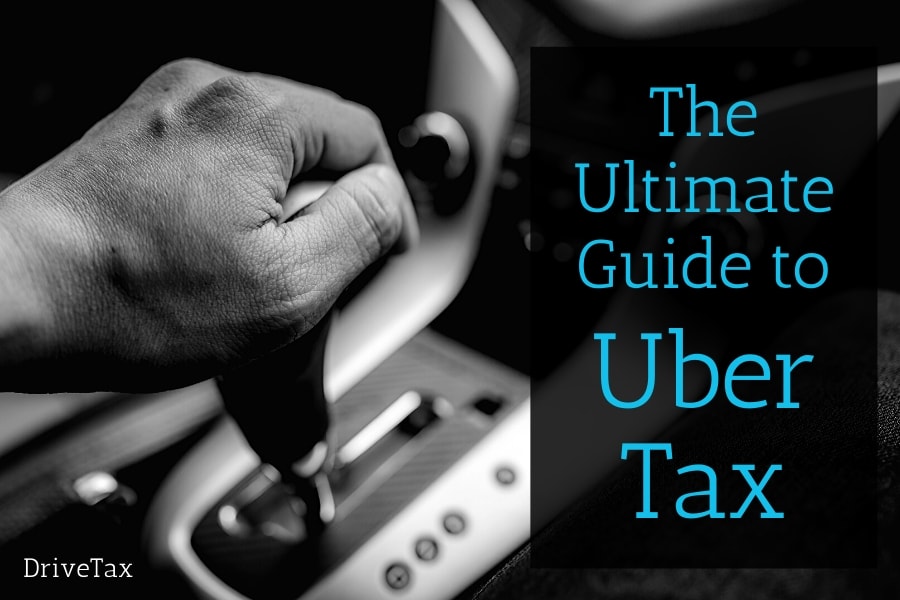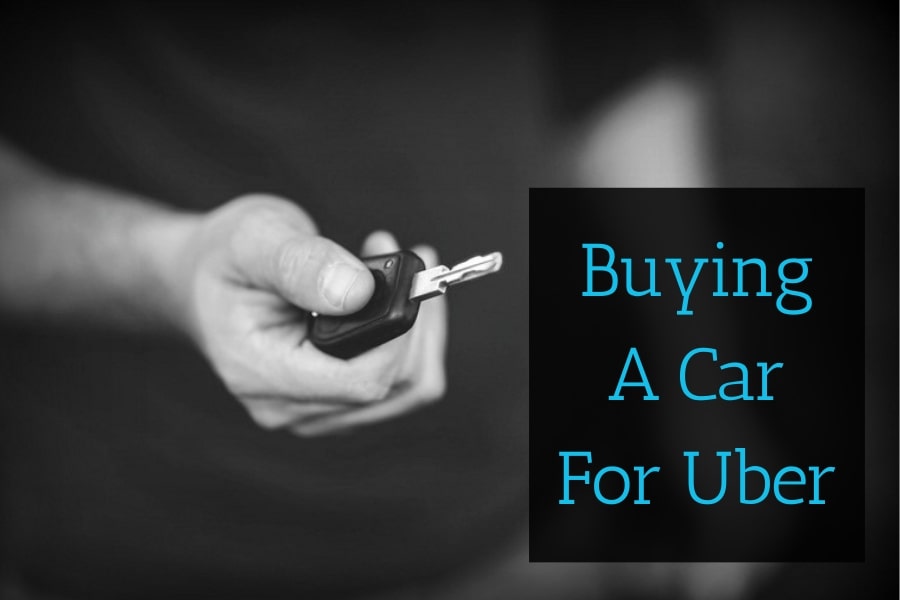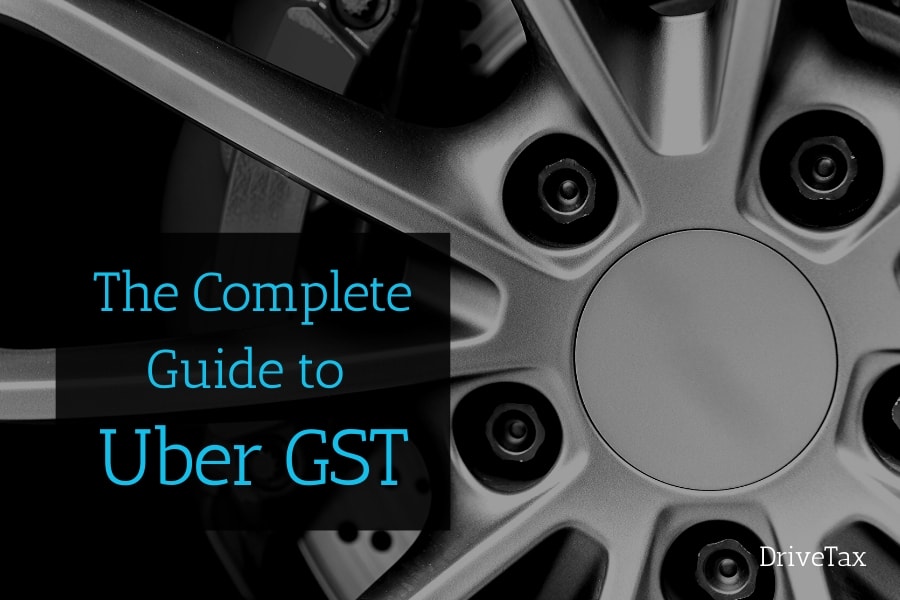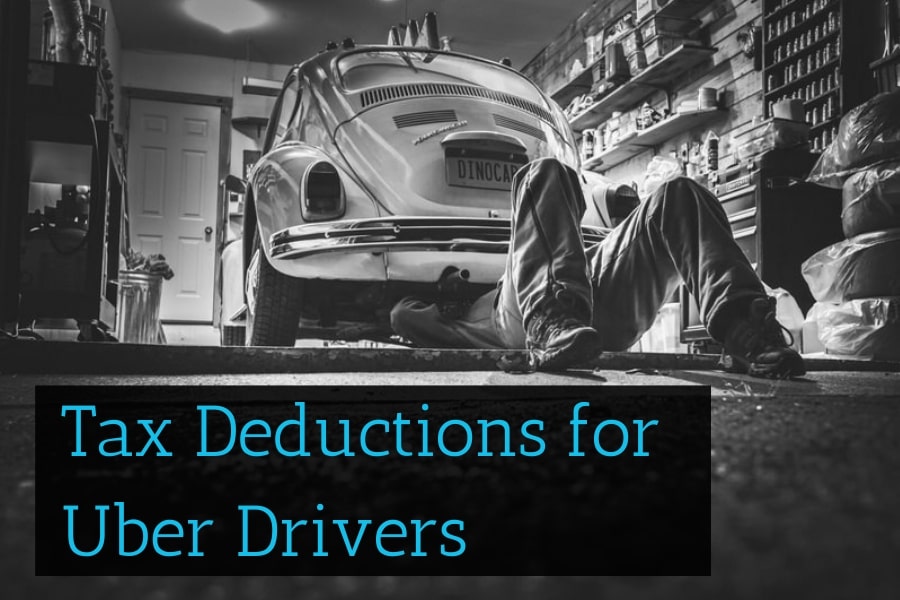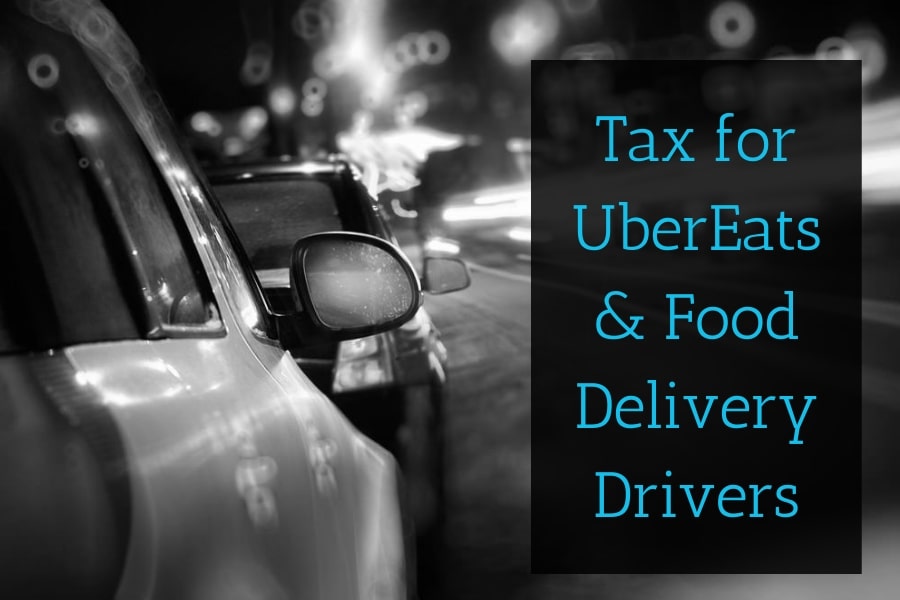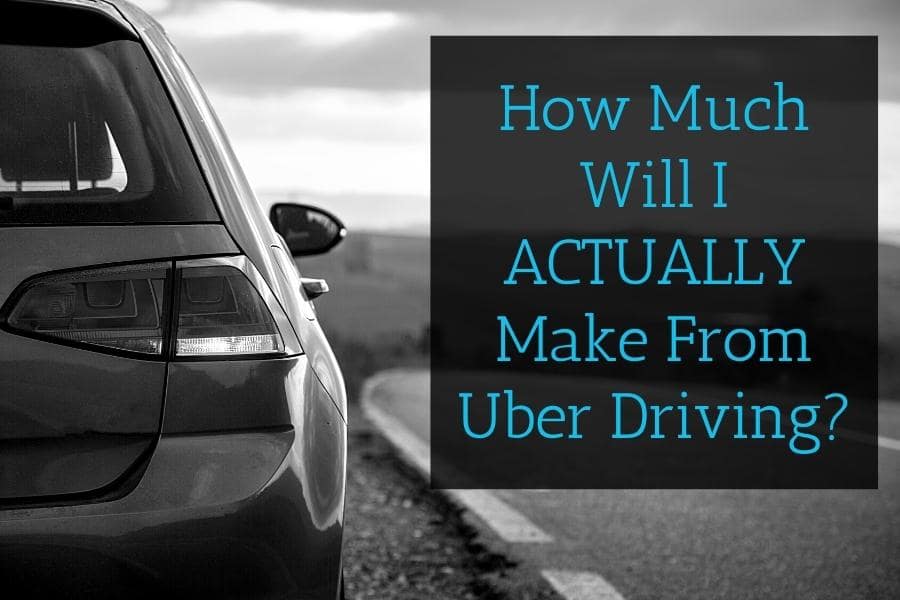FREE Uber Tax Info Pack
FREE 5-Day Email Course to learn the ATO’s Uber tax rules
FREE Uber Expense Spreadsheet so you never miss a deduction
FREE Uber Logbook Spreadsheet to claim your car expenses
FREE ABN & GST Registration (if you need it!)
FREE Uber Tax Info Pack
> FREE 5-Day ‘Uber Tax Essentials’ eCourse
> FREE Uber Bookkeeping Spreadsheet
> FREE Uber Logbook Spreadsheet
> FREE ABN & GST Registration
How to Respond to an ATO Audit of your Uber BAS
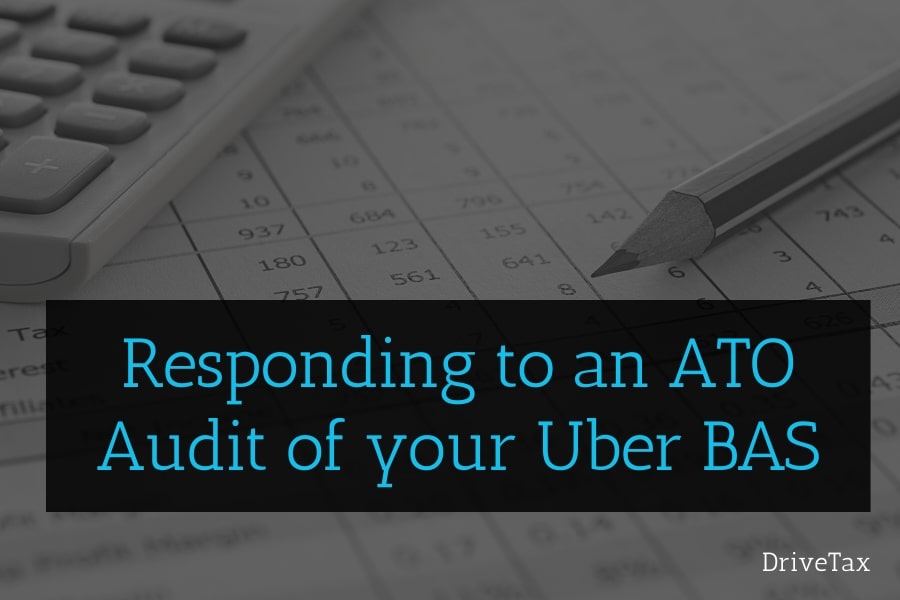
We’ve recently started seeing that very often when a rideshare driver lodges a BAS after they’ve purchased a new car, they’re getting an audit from the ATO.
Uber and rideshare drivers already have disproportionately onerous tax obligations compared to every other small business in Australia, thanks to the exclusion of rideshare drivers from the $75,000 GST registration threshold. Now it seems they’re also facing a much higher BAS audit rate than other businesses, which, if true, is very stressful and quite unfair.
In this article I’ll give some background to why these ATO reviews get triggered, and our best advice for how to navigate the process
Why Are Rideshare Drivers Getting BAS Audits?
This explanation turned out to be quite lengthy. Fair to say I’m quite concerned by the idea that rideshare drivers might be targeted unfairly by an ATO algorithm that’s not working as it should.
Feel free to skip this part and jump down to our tips on responding to an ATO BAS audit.
The first thing to keep in mind is that ATO reviews and audits are a good thing. We all pay our taxes, and our tax money pays for things like roads, schools and hospitals. None of us want to see the tax office getting cheated by people claiming shady tax deductions, because that means less of our tax dollars are going to those public resources that we and our families rely on.
The problem is that there are millions of tax returns and BAS’s lodged every year, and the ATO can’t check every single one. So the practical solution is to use computerised algorithms to choose which lodgements to red-flag. These algorithms use statistical analysis to pick up on outliers that don’t fit the norm, and that look ‘off’ compared to the average, which are then reviewed by a human ATO agent. This approach makes perfect sense, but the algorithms don’t always work as intended.
Please note that the ATO does not share any details about their algorithms or internal processes. The following paragraphs are based on my own professional assumptions and experience, and are entirely unconfirmed. Do not rely on this information when lodging your taxes, or when interacting with the ATO.
It appears that the goal of this particular ATO compliance program is to target GST-registered businesses who have a low turnover/income and are either over-claiming the GST on their asset purchases (a guess based on the experience of a driver who was extensively questioned on the percentage of their car purchase that they were claiming), or who shouldn’t even be registered for GST at all because they’re not genuinely ‘running a business’ (another guess based on the ATO ‘You Need To Phone Us’ letter that states ‘phone us otherwise we may cancel your GST registration’. This is laughable given that most rideshare drivers earn under $75k and would MUCH prefer not to have to deal with BAS’s and GST if they had a choice).
Generally speaking, it’s good that the ATO are reviewing these outlier BAS’s. However we’ve started seeing lately that the majority of rideshare drivers who buy a car and claim the GST on their BAS are being incorrectly red-flagged as outliers, and therefore getting stung with an audit.
As we’re all painfully aware, rideshare drivers are the one exception to the $75,000 GST-registration threshold. So if the ATO algorithm is comparing rideshare BAS data to all other small businesses in Australia who don’t face this rule, naturally the rideshare BAS’s are going to look like outliers. When you consider what the average Uber driver’s BAS might look like in a quarter where they buy a car, it’s easy to see why:
- Red Flag 1 – the Total Sales on a rideshare driver’s BAS would naturally appear lower than average because they’re forced to lodge BAS’s from the first dollar they earn, compared to most Australian businesses who don’t lodge BAS’s unless their sales are over $75k per year
- Red Flag 2 – buying a car is a perfectly normal purchase for a rideshare driver, and given the number of hours required to be profitable as an Uber driver, it makes sense that they’d have a high business use percentage for that car. There are also many rideshare drivers who prefer to keep a separate car solely for rideshare, which would mean a 100% business use percentage. So in a quarter where a rideshare driver bought a car, their expenses are of course going to look very high compared to other businesses with similar income levels.
- Red Flag 3 – the unfortunate fact is that rideshare driving is not a high-earning activity. So it’s common for a rideshare driver to be doing many hours, and therefore have a high business use percentage on their car, but still reporting relatively low sales, so the ratio between these two figures, income and expenses, will look lower compared to other kinds of businesses in Australia
Presumably, these three red flags in combination are enough to trigger an ATO audit of the BAS.
When we think about this from the ATO’s perspective, it seems to be an inefficient use of resources. The ATO are paying wages to a team of auditors to speak to each business that is red-flagged under this program. So from a money perspective they’re paying an hour or two of wages per audit, which comes from taxpayers pockets. The idea is that when the algorithm is working well and identifies the right businesses to audit, the audit team would have a high number of ‘wins’ – catching someone who had falsely claimed deductions and making them repay the ATO, and fewer ‘losses’ – spending a number of hours auditing someone only to find that person had done everything correctly and there’s no tax to recover. A good win/loss ratio tells us that the algorithm is working effectively, and is correctly identifying tax cheats while not falsely flagging taxpayers who are lodging their taxes correctly. And this in turn means the audit program is generating a positive ‘return on investment’ for us as taxpayers, since we’re ultimately the ones paying those wages.
But in this particular case, the ATO’s algorithm seems to be red-flagging almost every rideshare driver with a low turnover who purchases a car. The vast majority of rideshare drivers do the right thing, and many of them use a tax agent because their taxes are so complicated, which gives even more certainty that those BAS’s are usually lodged correctly. So suddenly the audit team will be spending huge chunks of time on audits, and having a very low percentage of those audits actually turn up an incorrect claim, which is a waste of taxpayer dollars and of everyone’s time.
We of course also want to consider the perspective of rideshare drivers specifically. What’s most frustrating for this group is that they already have far more onerous tax obligations than any other type of small business in Australia. They’re forced to register for GST, tackle a huge learning curve on how to manage their GST obligations, and then face the time and cost of lodging quarterly BAS’s. This is all while perhaps only earning a few thousand dollars a year. So for the ATO to be automatically auditing any rideshare driver who buys a car, it does feel like adding insult to injury.
Having said all of this, I don’t for a moment believe that rideshare drivers should be exempt from ATO compliance activities. There are rideshare drivers out there who cheat the system, just like in any industry, and we want the ATO to find them so that our taxpayer dollars can go to where they’re needed most.
I just want to see the ATO take into account that the BAS data from rideshare drivers is always going to look different to all other small business BAS’s. They’re the only industry in Australia that are required to register for GST from the first dollar they earn, and that is of course going to skew the dataset, resulting in one particular subset of taxpayers being inadvertently and illogically targeted. The algorithm behind this particular compliance program needs to be adjusted to take this into account.
I’d encourage all rideshare drivers who receive this review to provide this feedback to the ATO, and hopefully try to save some fellow drivers the same experience.
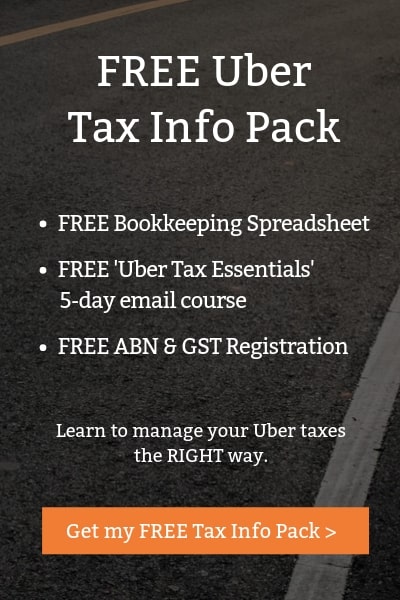
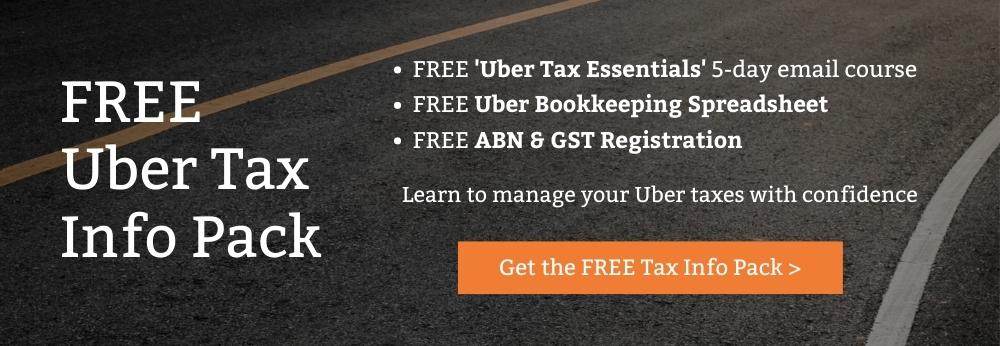
Next Steps
Before I begin this next section, I’d like to highlight that this is a fairly new program from the ATO, at least as far as we’re aware. The information below is based on few drivers who have been willing to share their experiences in order to help other drivers navigate the process.
I would be grateful for any tips or feedback you may be able to share once you’ve completed your review, and I’ll update this post accordingly.
Calling The ATO
If you’re chosen for audit, the ATO’s first instruction will be to contact them by phone.
Remember that the vast majority of ATO agents are friendly, reasonable, and willing to work with you to get the right outcome. The drivers I’ve spoken to have all said their ATO agents have been good to deal with, and that’s always been my experience as a tax agent. So if you do choose to mention the problems with the ATO’s algorithm that I discussed above (which I don’t necessarily recommend) please be sure to tread gently. The agent you’re speaking to is not responsible for flagging you for audit, they’re just doing their job. Once your file lands on their desk they are required to complete their process, so you’ll have to go through the phone review at the very least. If you can jump in with a friendly approach and help them work through the requirements of their task, you’re sure to have the smoothest experience possible.
If you do want to say something, the best approach is to mention it as feedback. We want to communicate that we understand the benefit of the ATO’s audit function as a whole, and our only concern is the illogical and probably inadvertent targeting of a specific subset of taxpayers. If you can phrase your views in a friendly manner without giving the agent a hard time personally, hopefully they’ll be more favourably inclined towards you, and our concerns are more likely to be passed on to the right people.
Here are the key points you’ll want to highlight in your phone call:
- Rideshare Driver – advise that you are a rideshare driver, and so the reason you are (perhaps reluctantly) registered for GST is because it’s compulsory. The consolation prize is that you are able to claim the GST back on your car purchase. You can provide income statements from your rideshare companies to prove all of this if needed.
- Business Use Percentage – confirm that you have claimed the appropriate percentage of GST credits on the purchase of your car and your other car expenses. Here’s our guide to keeping a logbook if you need a refresher.
- If you have kept a 12-week logbook let them know the percentage, and advise that this is the percentage you claimed on your BAS
- If you are in the process of keeping a 12-week logbook but it’s not finished yet, that’s okay, you can still use it for your BAS
- If you have not kept a 12-week logbook that’s okay, it’s not actually required for BAS’s, only for tax returns. For BAS’s, if you don’t have a logbook you are permitted to make a ‘reasonable estimate’ of your business use percentage. You will probably have to explain to the ATO how you made this estimate, and it should involve at least some kind of kilometre-tracking and calculations. For example, write up some notes about all the kilometres you do in an average week (rideshare, travel to employee job, dropping kids at school, grocery shopping etc) in order to show how you arrived at your estimate. Don’t forget that the Uber kms shown on your monthly tax summaries are only when you are ‘on a job’ and don’t include the travel in between jobs. We’ve found that the average driver’s total deductible kilometres are roughly double what is shown on their Uber summaries.
- If you have another car in the family that is used for the family’s personal travel, you should mention this specifically
- GST Calculation – confirm you have applied this percentage to your car purchase and car expenses in your BAS
- If your BAS was lodged by DriveTax, ask us for a copy of your Express BAS form submission, which will show that you advised us of your business use percentage. We can also check and confirm for you that we applied this percentage when preparing your BAS. You should then highlight to the ATO that you lodged your BAS through a specialist rideshare tax agent (feel free to share our web address to confirm), so you know it has been lodged correctly.
- If your BAS was lodged by another tax agent, you may like to ask them for documentation to confirm that they applied your business use percentage correctly. You should highlight to the ATO that you lodged your BAS through a registered tax agent, who should know how to correctly calculate your GST claims.
- If you lodged your BAS yourself using the DriveTax spreadsheet, check that your percentage in the red cells at the top of the quarterly spreadsheet is correct, and check that you entered your car purchase in the BAS Summary spreadsheet (not in the quarterly spreadsheet), and that your percentage is filled into the new car section on the BAS Summary tab. If you sold a car or traded in, make sure that has been entered on the BAS Summary tab also. As long as you have these points ticked off, you’re all set. If you’re unsure, feel free to email us a copy of your spreadsheet and we can confirm that you’ve filled it in correctly.
- If you lodged your BAS yourself and didn’t use the DriveTax Spreadsheet, you’ll need to check for yourself that you claimed the correct percentage of GST credits on your car and on your other expenses.
- Receipts & Records – confirm you have receipts and records of all expenses as required. The ATO will likely ask you for the tax invoices of your three largest expenses, so it’s a good idea to have these handy already when you call. Here’s a quick recap of the requirements for tax invoices for GST purposes:
- Expenses under $82.50 – you do not need a tax invoice. Any receipt or record, including your bank statements, are fine.
- Expenses between $82.50 and $1,000 – you must have a tax invoice. It must have the words ‘Tax Invoice’, and it must show the seller’s name and ABN, the date, a description of the goods, and the amount of GST (or the words ‘inclusive of GST’). For rideshare drivers, the most common large expenses are rego, insurance, servicing and repairs. These should all be fairly easy to get tax invoices for if you don’t have them already.
- Expenses over $1,000 – the rules are the same as the previous point, except the tax invoice must also show your name, and either your address or your ABN.
- Request that the matter be closed – if you’ve been able to answer all of the ATO’s agent’s questions and you’ve had a positive interaction, you could consider mentioning the problems we discussed above, point out that the review was only triggered because you’re a rideshare driver, you are clearly complying with the ATO’s requirements, and politely ask the ATO agent if this can be the end of the matter. I don’t know whether this will work, it’s possible that they’re not authorised to close the review just on a conversation alone, and that the request of documents is a compulsory part of their procedure. But it’s always worth asking! Please let us know if you have any success, and I’ll update this article accordingly.
Sending Documents To the ATO
Following the phone call, we’re seeing that the ATO then send a request for a list of documents. If you receive this request, here’s what we recommend that you provide. The ATO agent will be working through a checklist, so help make things efficient for them by naming your files thoughtfully. Attach them to an email with bullet points as follows (they may not all be applicable to you), and add notes where relevant to help the agent find what they need and tick off each item.
- Business Information – just state that you are a rideshare driver, as proven by your attached rideshare income summaries, and you are registered for GST because it’s compulsory.
- Tax Agent – if you lodged your BAS through DriveTax, point out that you used a tax agent who specialises in tax for rideshare drivers. Our Tax Agent Number is 24868400 (it will show in their system as our general tax brand RocketTax, rather than our specialist brand DriveTax), and here’s the link to our BAS Information page . Please note that if the ATO want to contact us they can reach us by email only, not by phone. If you used another tax agent, still point out that your BAS was prepared by a professional tax agent.
- Income Summaries – send your monthly tax summaries from Uber plus any other companies you drive for.
- Business Use Percentage – send your logbook if you have one, even if it’s not a full 12 weeks. If you’ve used the logbook in the DriveTax Spreadsheet, specifically mention that they can find this on the Logbook tab in the spreadsheet you have attached. If you haven’t kept a logbook, refer to the notes above to help you provide an explanation for the business use percentage you have applied. Either way, you can also give a little extra explanation of your car usage patterns, especially if your percentage is high, and be sure to mention if you have another car in the family that is used for the family’s private travel.
- Spreadsheet of Expenses – if you use the DriveTax spreadsheet, send this through. Point out to them that your business use percentage is in the red cells at the top of the Quarterly bookkeeping tab, and the claim for your car appears on the BAS Summary tab. The ATO’s standard email also requests that the supplier ABN is shown for every expense, but don’t worry about this for your initial submission. For small amounts such as fuel it’s an excessive level of detail and no business in Australia would type this into their bookkeeping records for every single small expense. You’ll be sending them the tax invoices of your largest expenses, and if they need to check the ABN for any smaller ones they’ll request the tax invoice from you.
- DriveTax Express BAS Form – if you used DriveTax for your BAS, ask us for a copy of your Express BAS submission and send this also. Point out specifically that it shows you advised us of your business use percentage.
- Three Largest Expenses – send the tax invoices for your three largest expenses, including your car purchase, and feel free to throw in any additional large ones if you think they’ll help. I’d suggest sending any tax invoices over roughly $500.
- Bank Statements – these will allow the ATO to check for your smaller expenses. They must be PDF downloads of the actual statements, not screenshots or CSV’s.
- Other Receipts – this is optional, but if you’re good at keeping your receipts, and you have a filing system or even just a nice wad of bundled receipts, feel free to send them a photo of this as well, just to demonstrate that you do follow the ATO’s rules and take your record-keeping obligations seriously.
I hope this information helps you navigate your review as painlessly as possible.
As mentioned before, I would welcome any tips or feedback that you’re able to share to help other drivers get through their reviews as smoothly as possible. Contact us anytime via email or through our Contact Form.
All the best! – Jess

About the Author – Jess Murray CPA – Uber Accountant
Jess Murray is a CPA Accountant and registered tax agent. She’s been working in personal and small business tax for 15 years, and has been specialising in tax for Australian Uber Drivers for the last 7 years as the Director of DriveTax. She also teaches an online course called Understanding Uber Taxes.
Jess is on a mission to make taxes straightforward and manageable for Uber drivers across Australia.
The information in this article is general in nature and does not take into account your personal circumstances. If you’d like to know how this article applies to you, please contact us to arrange a consultation, or talk to your accountant.


